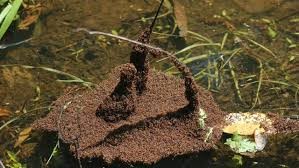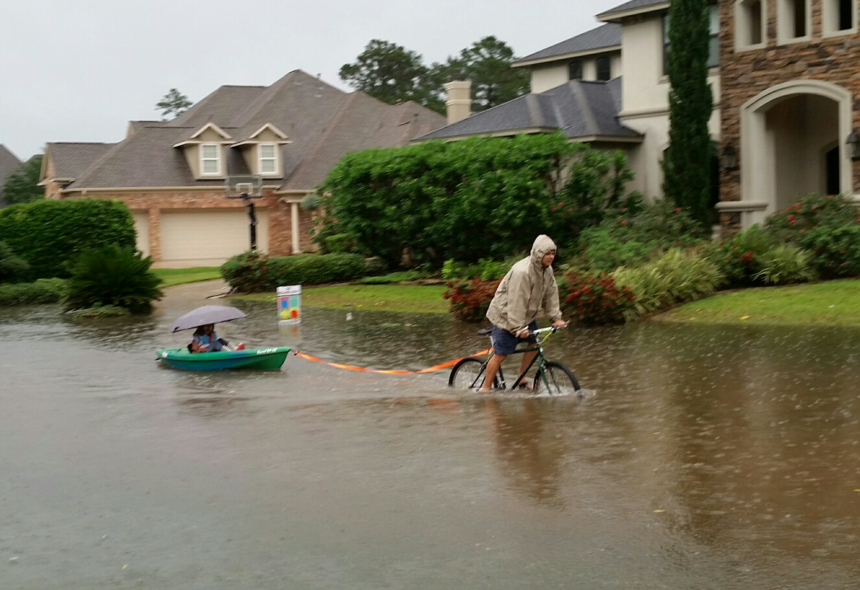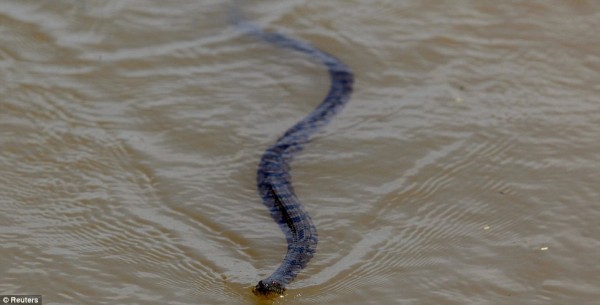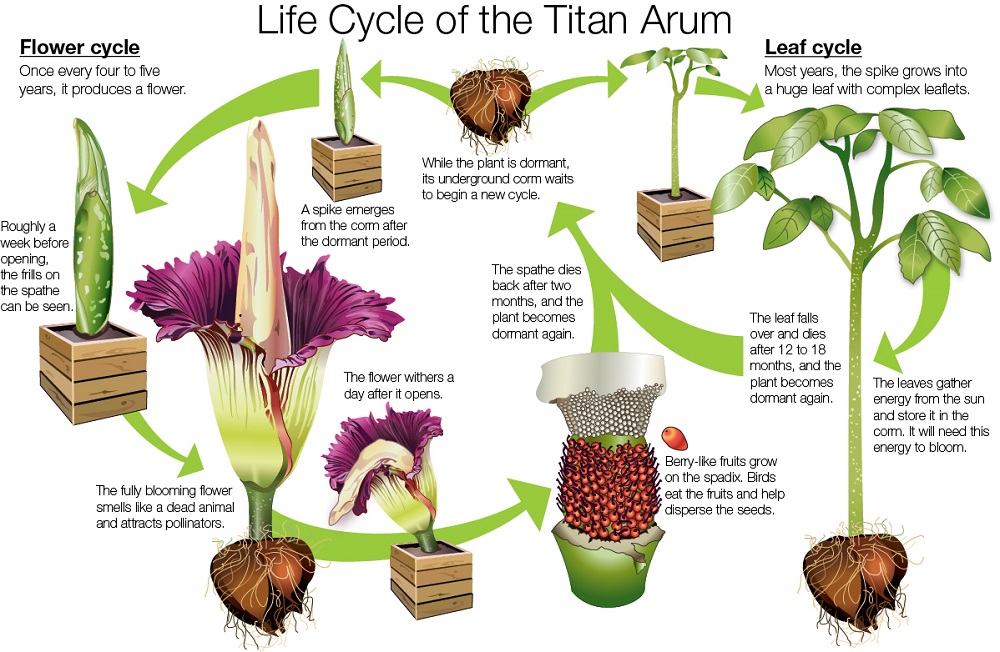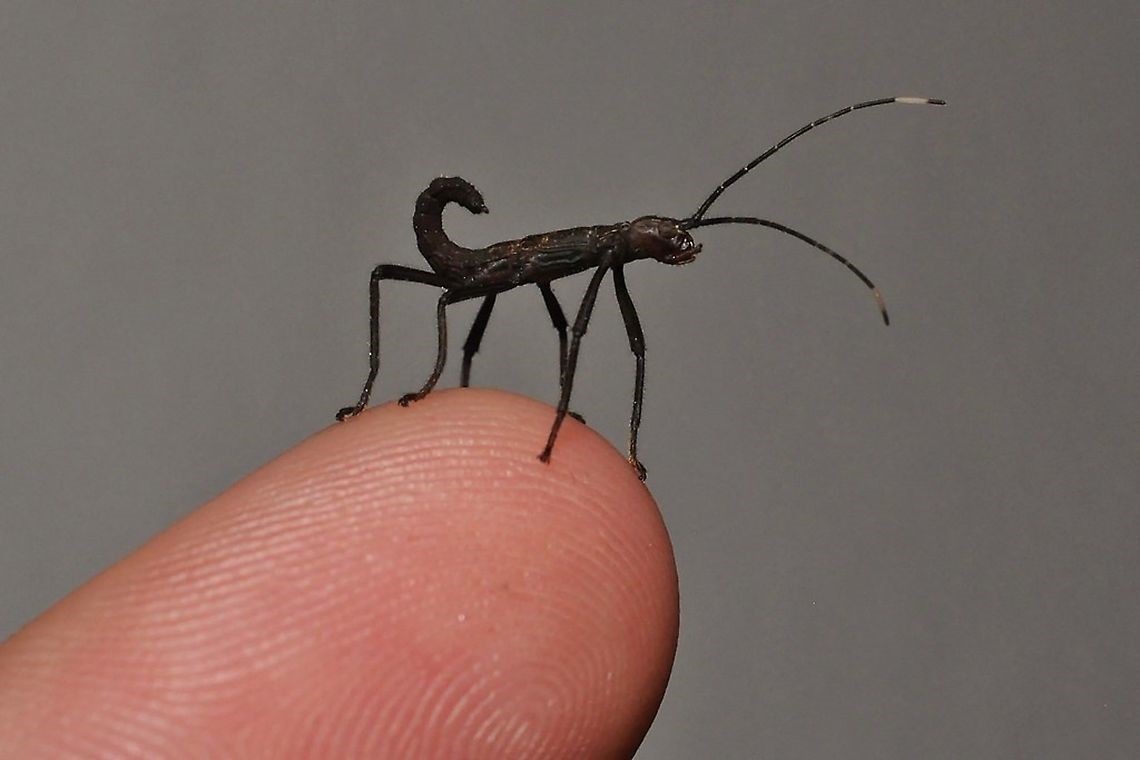Most of you probably didn’t make it in to work today, and after my short drive to the Houston Museum of Natural Science this morning, I would say that was a good call. There were plenty of cars stalled in intersections, and I watched a sixteen-wheeler make a U-turn on 288 because the water level was too high under an overpass.
Expensive car repairs aren’t the only reason to stay home during the flash floods we periodically experience. When the water rises, it carries with it everything that is buoyant. This could be trash that was thrown out a car window, chemicals that spilled from a car during an accident or were poured down the drain, or the critters that live under the soil and in the bushes.

One of the most awesome and horrifying things you will hopefully never see during a flash flood is a raft of fire ants. These little guys instinctively know how to survive the catastrophic destruction of their home. They are light enough to float individually, but they stick together. This allows the ants at the base to hold up those above the water for a while. The roiling ball of ants turns constantly to allow every member of the ball to get a rest and to get enough oxygen. The ants at the edge are constantly looking for something dry on which they can cling. The instant they find a tree or a street sign, up everyone goes.
This is also horrific because sometimes that thing is you.
The ants, which are pretty upset at this point, will absolutely swarm you if you touch this little ball of hate. They will get to the highest point they can and then they will latch on. With their piercing mouth parts.
So, my friends. While I applaud an interest in the out-of-doors and making new friends, please wait until the city isn’t flooded to engage in both. Because sometimes you pick your friends…
Editor’s Note: Learn more about the behavior of ants and other insects at the Brown Hall of Entomology in the Cockrell Butterfly Center. (When the floodwaters recede, of course.)


